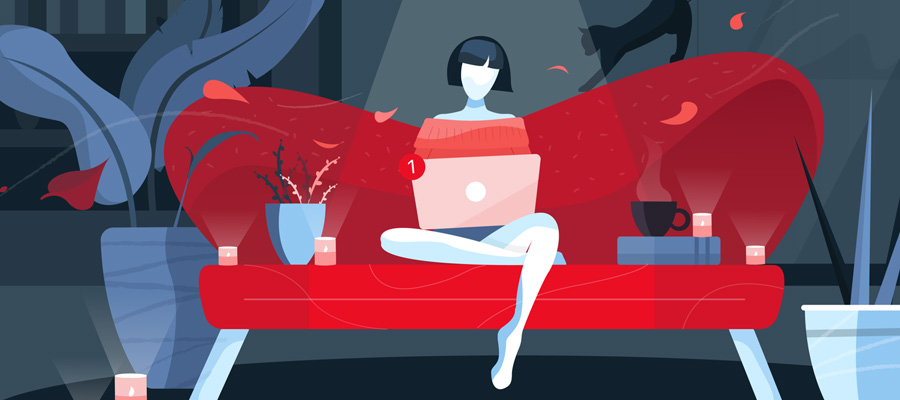Freelancers. They're everywhere. Like mushrooms, they're sprouting wherever there's a pitch for a juicy project. But we have expected this in the first place because new technology has allowed a new breed of creative to thrive. Indeed, from graphics designers to animators, freelancers come in many forms in the modern era, creating a subculture that has captured the interest of any idealistic young adult.
The professional landscape has changed drastically in the last ten years, brought about by incessant innovation. As technology makes creative tasks simpler and more straightforward, freelancers are coming to grips with a problem that offsets the benefits of the so-called Digital Revolution: oversaturation.
Because of this, many creative professionals find it harder to look for clients and projects. The ambition of "making it big in the market" becomes more of an impossibility as creatives struggle to compete.
Sure enough, only the strongest and most clever survive in such a tense landscape. If you want to your big break in a specific niche, you will have to work hard to get to the top.

Changes by Marly Gallardo
Here are a few tips that should guide you:
1. Grow your network
Sure, the stereotypical artist is a lone wolf who values privacy and independence next to beauty. But in this day and age of instant communication, social connections have become a professional necessity. Indeed, people need other people in order to thrive, and that's why you should invest in social connections as much as you would in art materials and books.
2. Be well-equipped
Having a LinkedIn profile can help you build a professional network, but it doesn't actually help you when it comes to getting actual work done. Of course, as a creative, you need to have the right tools to support your craft. That said, you should be able to learn the latest tools. If you're on an architectural stint, you can utilize 3D modeling tools such as Vizterra landscaping design software or AutoCAD. And of course, if you're a traditional artist, you will need to have an arsenal of mediums and materials, though the brand or price of these items is not as significant compared to the output itself.
3. Build an online portfolio
It's standard practice for artists to bring a portfolio of their work wherever they go. After all, you need people to get a good feel for what you can offer creatively, so being able to present a few samples can help you land a commissioned project. The best thing you can do is to use platforms like Behance of DeviantArt for your art. This should help you find clients faster and build street cred.
4. Hone your skills
As a creative, you are a work in progress. This means there's always ample space for you to improve and master the skills you need to succeed. The Internet offers just that, and exploring platforms like LinkedIn Academy and Coursera gives you access to courses that should further sharpen your skills.
It's possible to find success in the creative world. You just need to know where to start.



















